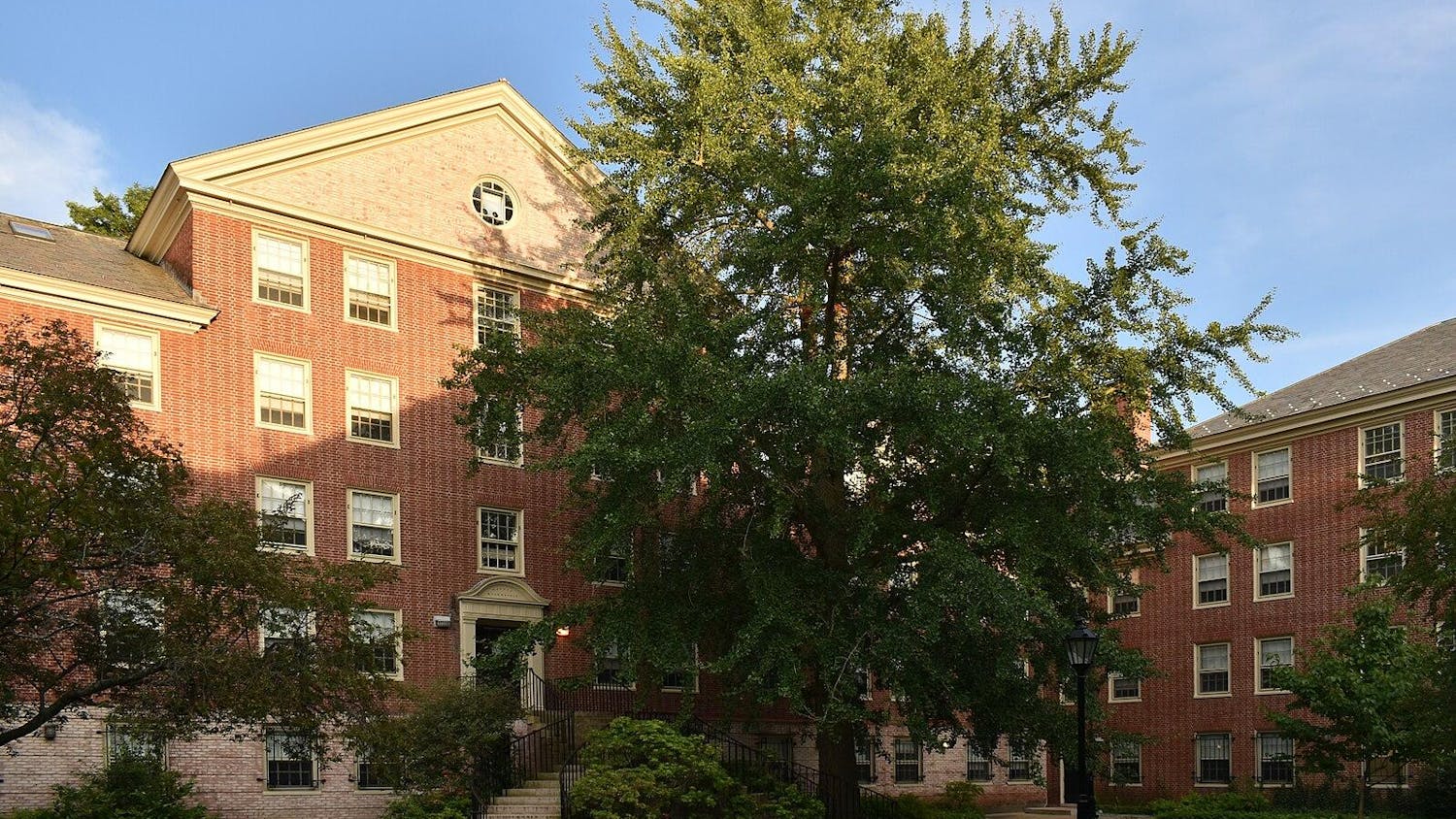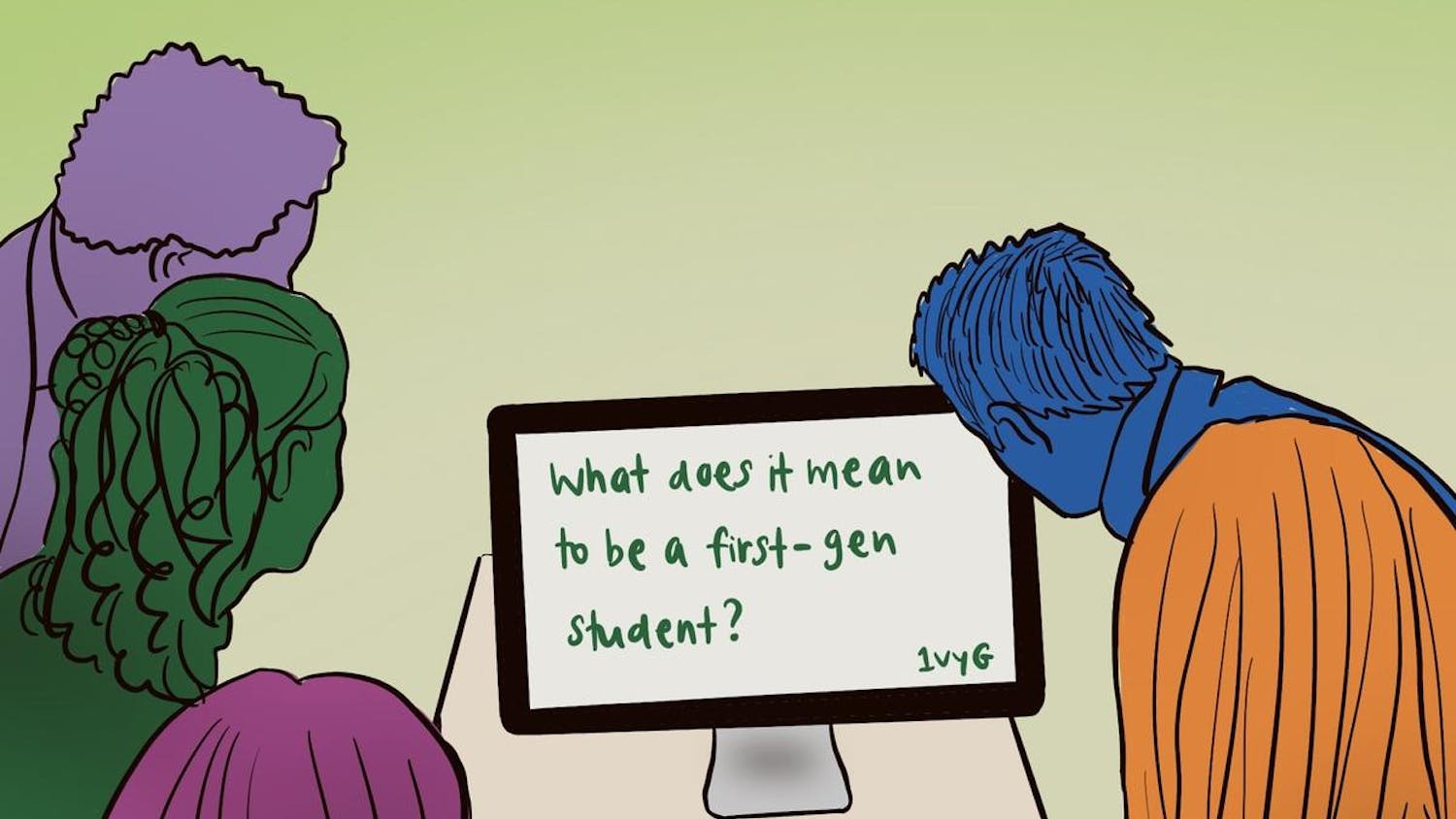The University ran a $8.7 million operating budget deficit for fiscal year 2014, according to Beppie Huidekoper, executive vice president for finance and administration. This marks a roughly 58 percent increase from the $5.5 million deficit in the 2013 fiscal year.
The deficit is more than double the $4.4 million operating budget deficit projected by the Corporation in the beginning of fiscal year 2014, President Christina Paxson wrote in an email to faculty and staff on Aug. 15. Fiscal year 2014 ran from July 1, 2013 to June 30 of this year.
A budget deficit is the result of campus expenses exceeding campus revenue, Huidekoper said.
The budget deficit is a “structural problem,” said Provost Vicki Colvin. “A structural deficit is one you don’t see changing over time. It’s something deep in how the University is structured, and the decisions it has made up until this point.”
The deficit is significantly higher than expected due to an increased financial aid budget and cuts in federal research funding to the University, Huidekoper said.
In fiscal year 2014, the University Resources Committee predicted a $95 million budget for financial aid. But actual spending on financial aid for that year was $99 million, Huidekoper said.
The University instituted a need-blind admission policy for domestic applicants beginning with the class of 2007, a decision that continues to impact the budgetary process. “There’s more needy students than there have been in previous years,” Huidekoper said. “When you’re need-blind, it’s really hard to budget.”
Last year’s admission cycle marked the fourth consecutive one in which approximately 68 percent of first-year applicants applied for financial aid, The Herald reported at the time.
Raising revenue is something that the University has a degree of control over, said David Savitz, vice president for research.
Savitz said he is “optimistic” about the future. From fiscal year 2013 to fiscal year 2014, requests for funding increased by $178 million, or about 28 percent. More awards were approved in fiscal year 2014 than fiscal year 2013, which may lead to increased revenue in the future.
“If you ask for more (research money), there’s a very good chance you’ll get more,” he said.
There was a 9 percent decrease in federal funding available from fiscal year 2013 to fiscal year 2014, said Huidekoper.
Due to a “lag” in the distribution of funds, federal funding decreased this current year despite new awards having increased, Savitz said.
“There is an awareness and a cultural change going on where, as a university and faculty, we recognize that we’re in challenging times and we have to pick it up,” Savitz said. “We have to write more proposals. We have to look at a broader way of funding resources, be more strategic and more resourceful about it.”
The University has also raised tuition, which accounts for a majority of revenues. For the 2014-15 academic year, total undergraduate tuition and fees was raised to $57,232, according to the URC report.
“Our budget deficit in some ways involves moral questions about what we think the University’s responsiblities are for financial aid,” said Kevin McLaughlin, dean of the faculty.
McLaughlin cited the University’s current inability to provide loan-free financial aid to students with expected family contributions over $60,000.
Colvin said she hopes to announce a Deficit Reduction Committee early next week. The committee’s goal will be to identify “how we can change some of the cultural ways we deal with the budget” and combine organizations with similar functions to increase efficiency, she said.
“It’s not abnormal to run a deficit when you have an almost $1 billion budget,” Colvin said, adding that “the challenge is that we’ve been consistently overspending. Our reserves are becoming depleted.”
In three to five years, the University will run out of reserve funds, Colvin said. “If that happens, it’s not a tragedy,” she said. “We will probably have a couple of options.”
Running out of reserve funds means that administrators “would have to take drastic and specific efforts that would not feel consistent with the plan of growth we’re setting forward for the campaign,” Colvin said.
In her August email sent to faculty and staff, Paxson discussed progress made in implementing the strategic plan, Building on Distinction, and efforts to correct the “short-term structural deficit.”
“In the coming months, we will develop a sustainable financial plan that eliminates the deficit while supporting our highest priorities,” Paxson wrote.
In the early 2000s, the Corporation gave then-President Ruth Simmons permission to run small deficits, said Gregory Chatzinoff ’15, a representative from the URC. “Before that period, they rarely had deficits. Often they had a surplus,” he said, adding that universities in general face a “tough time” for finances.
Correction: A previous version of this article incorrectly stated that the University had a $8.7 million operating budget deficit for the current academic year. In fact, the University's $8.7 million operating budget deficit was in fiscal year 2014. The Herald regrets the error.
ADVERTISEMENT




